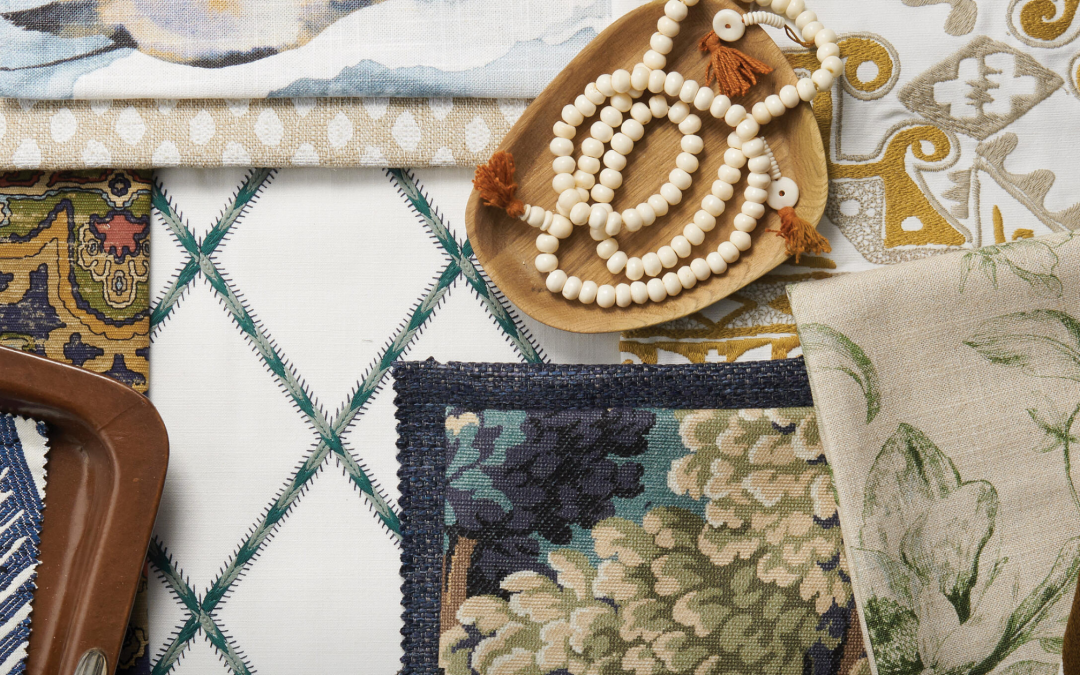You may have the furniture, area rugs, and kitchen cabinets picked out for your home but there’s one element of home decor that you simply can’t ignore – drapery. They are one of those crucial pieces of decor that can set the tone for the room. From light and breezy to substantial and ornamental, from solid colors to prints, from sheer fabrics to heavy opaque textiles – the possibilities are endless. With the sheer variety of options for tracks, fabrics, and accessories out there, making the right choice can be quite confusing. Here are a few quick tips on how we choose the perfect drapery for you:
Difference between drapes and curtains
The first step to figuring out how to choose your drapery is to figure out what your room requires. Oftentimes, homeowners choose curtains, drapes, blinds, and shades without knowing the difference. Doing so, these window treatments can actually interfere with the amount of sunlight your room should get.
Curtains are fabric panels made of light materials and hang from curtain rods. They are mostly used for privacy purposes, making them perfect for living rooms. Whereas, drapes are made of thicker materials that are made to block out sunlight, making them ideal for bedrooms.
Picking out the right fabric
The material plays a vital role in the look of the curtains and consequently, the room. From sheer lace to lightweight cotton, medium-weight brocades to heavy velvet, your options are plentiful.
The two factors that you should consider while picking your fabric are:
- The amount of sunlight you want streaming in
- The mood and décor of your room. For example, heavier fabrics suit more traditional rooms while sheer fabrics work best in more minimalistic rooms
Remember, each fabric falls differently from an elevation and therefore will look different when pleated and drawn back.
The choice of color can make or break the look
The color of your curtains should ideally be in sync with the rest of the furnishings. You could either choose drapes that harmonize with the decor or contrast with it. For a pleasing look, choose drapes in a color that complement the shade of your walls. Alternatively, if you want the drapery colors to be the focus, pick a hue that contrasts with the furniture and walls.
Choosing between prints and solids
To answer this, we need to look at the rest of the décor. If all the other soft furnishings in the room are a solid color, going with printed curtains can be a popular choice. The opposite holds true as well. One thing to remember is that prints add visual weight to any element. Therefore one way to work with printed curtains is to pair them with solid-colored furniture accessorized with printed cushions, area rugs, etc. You could use quirky prints and geometric patterns with contemporary style space, while florals would suit modern classic and traditional decor.
Selecting the ideal length
Curtains that fall exactly to the floor level are in vogue. For a more dramatic look, you can opt for a certain size that is longer by a few inches, so that the drapes puddle on the floor. On the other hand, if you have kids, you are better off with curtains a couple of inches above the floor. Ending them at the sill for smaller windows is yet another classic option, but full-length drapes could work equally well.
Trims and accessories
Dress them up or tone them down. Trims and accessories for curtains range from pull-backs and valances to ornamental curtain tracks fixed on the wall above the curtains. Trims and accessories can be cleverly accompanied with light drapes to add richness and grandeur. Valance, the decorative frilled fabric placed at the top of the window, is an excellent way to add embellishment to your room. On the other hand, simple pull-backs and the absence of decorative trims will make fabrics like velvet or satin look chic and sleek. This again will depend on the effect you want to achieve.
Select fabrics based on the maintenance required
The fabric and material of a curtain determine how it should be cleaned and how often you need to clean it. While all curtains and drapes should be washed every 3-6 months, there are some fabrics that require more care and some that can be machine washed.
- Low maintenance fabrics: If you are looking for curtains that need to be washed twice a year opt for cotton or synthetic fabrics. These can be machine washed if they are unlined or else give them your lined curtains a quick hand wash. A great option for those with dust allergies or kids and pets at home
- High maintenance fabrics: Any curtain that has pleats or swags must be dry cleaned regardless of the fabric. However, wool, silk, and sheer curtains must be dry cleaned or hand washed in cold water to retain their colors and shape
It’s always best to factor in the curtains while you’re deciding the rest of the decor of your room. Consequently, your decor will be more coordinated and harmonious. If you liked this article on how to choose curtains, contact us today, we can do it for you!

